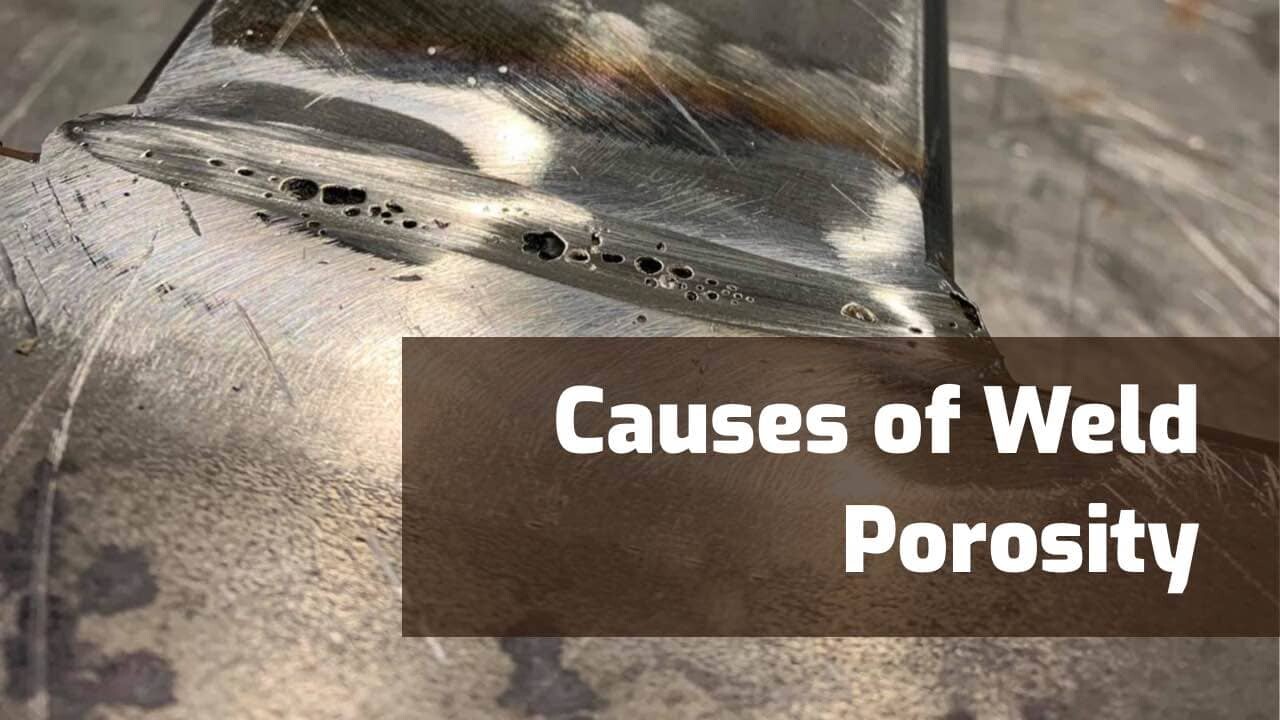What is Porosity in Welding: Necessary Tips for Getting Flawless Welds
The Science Behind Porosity: A Comprehensive Guide for Welders and Fabricators
Recognizing the intricate mechanisms behind porosity in welding is important for welders and producers aiming for flawless craftsmanship. As metalworkers dive into the midsts of this sensation, they reveal a globe regulated by different variables that affect the development of these small spaces within welds. From the composition of the base materials to the intricacies of the welding process itself, a wide range of variables conspire to either intensify or reduce the presence of porosity. In this comprehensive overview, we will certainly decipher the science behind porosity, exploring its results on weld top quality and unveiling advanced strategies for its control. Join us on this trip with the microcosm of welding imperfections, where accuracy fulfills understanding in the quest of flawless welds.
Comprehending Porosity in Welding
FIRST SENTENCE:
Exam of porosity in welding exposes essential understandings right into the integrity and top quality of the weld joint. Porosity, characterized by the visibility of cavities or spaces within the weld steel, is a common worry in welding procedures. These voids, otherwise correctly attended to, can endanger the structural stability and mechanical residential or commercial properties of the weld, bring about potential failures in the ended up item.

To find and evaluate porosity, non-destructive screening approaches such as ultrasonic screening or X-ray assessment are usually employed. These strategies enable for the recognition of internal defects without endangering the integrity of the weld. By examining the dimension, form, and circulation of porosity within a weld, welders can make enlightened choices to boost their welding procedures and achieve sounder weld joints.

Factors Influencing Porosity Formation
The event of porosity in welding is influenced by a myriad of variables, ranging from gas securing efficiency to the details of welding specification settings. Welding specifications, including voltage, present, take a trip speed, and electrode kind, also effect porosity development. The welding technique used, such as gas metal arc welding (GMAW) or protected steel arc welding (SMAW), can influence porosity formation due to variants in warm circulation and gas coverage - What is Porosity.
Impacts of Porosity on Weld Top Quality
Porosity formation dramatically compromises the structural stability and mechanical residential properties of welded joints. When porosity exists in a weld, it produces gaps or cavities within the material, reducing the total strength of the joint. These voids function as stress and anxiety concentration points, making the weld much more vulnerable to cracking and failure under tons. The existence of porosity additionally damages the weld's resistance to corrosion, as the trapped air or gases within deep spaces can respond with the surrounding setting, leading to deterioration gradually. Furthermore, porosity can prevent the weld's capacity to hold up against stress or impact, more threatening the total top quality and integrity of the bonded framework. In crucial applications such as aerospace, automobile, or structural buildings, where security and toughness are vital, the destructive impacts of porosity on weld quality can have severe consequences, stressing the relevance of decreasing porosity via appropriate welding strategies and treatments.
Methods to Lessen Porosity
To enhance the top quality of welded joints and make certain structural honesty, welders and producers use details methods intended at decreasing the development of voids and dental caries within the material throughout the welding process. One reliable technique to minimize porosity is to make certain proper product prep work. This consists of extensive cleaning of the base steel to remove any type of impurities such as oil, grease, or wetness that could add to porosity development. Additionally, utilizing the appropriate welding specifications, such as the proper voltage, current, and travel rate, is important in preventing porosity. Preserving a regular arc size and angle during welding likewise assists minimize the chance of porosity.

In addition, picking the browse around here right shielding gas and maintaining proper gas flow rates are necessary in lessening porosity. Utilizing the appropriate welding technique, such as back-stepping or using a weaving movement, can likewise assist distribute heat equally and minimize the possibilities of porosity formation. Guaranteeing proper ventilation in the welding setting to get rid of any type of possible resources of contamination is important for accomplishing porosity-free welds. By applying these strategies, welders can efficiently decrease porosity and produce premium welded joints.

Advanced Solutions for Porosity Control
Applying advanced technologies and cutting-edge techniques plays a pivotal duty in accomplishing superior control over porosity in welding procedures. One advanced service is the use of innovative gas mixes. Securing gases like helium or a mix of argon and hydrogen can help in reducing porosity by providing far better arc security and boosted gas protection. In addition, employing innovative welding techniques such as pulsed MIG welding or changed atmosphere welding can also aid reduce porosity concerns.
One more info here more sophisticated remedy involves making use of innovative welding tools. For example, utilizing tools with integrated functions like waveform control and innovative source of power can boost weld quality and minimize porosity threats. Moreover, the application of automated welding systems with specific control over criteria can considerably reduce porosity flaws.
Furthermore, incorporating advanced monitoring and inspection technologies such as real-time X-ray imaging or automated ultrasonic screening can assist in spotting porosity early in the Resources welding process, permitting immediate corrective activities. On the whole, incorporating these sophisticated services can considerably improve porosity control and enhance the overall top quality of bonded elements.
Conclusion
In conclusion, understanding the scientific research behind porosity in welding is necessary for welders and fabricators to create top quality welds - What is Porosity. Advanced remedies for porosity control can additionally enhance the welding procedure and ensure a solid and reliable weld.